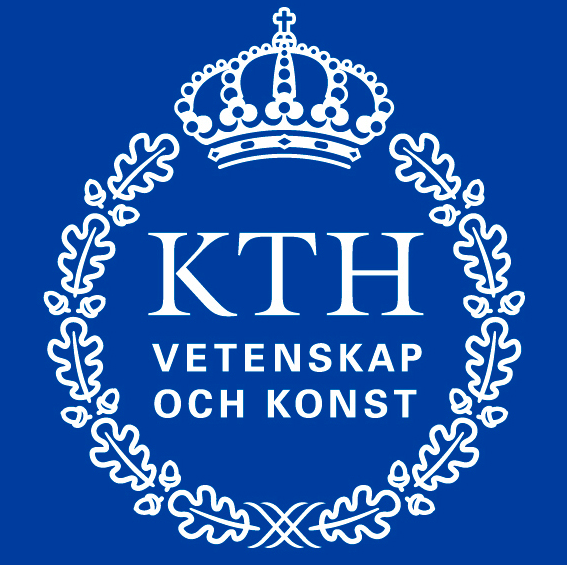Problem D
Green Eggs and Ham
From the top of his tower of turtles, King Yertle sees the moon rising. As everyone knows, the moon is made of green cheese and the best cheese in the world is produced in France. France has also produced many great mathematicians including Descartes, Laplace and Fermat. Fermat’s famous last theorem states that the equation
x^n+y^n=z^n
has no non-zero integer solutions for x, y and z when n > 2. For readability, this equation might be better rendered
n n n x + y = z
While it would be easy to render this equation and other mathematical expressions graphically using TeX or LaTeX, sometimes we want to include the expressions in text. Providing the TeX or LaTeX source for rendering the math is one possibility, but it isn’t always easy to read, especially for low-TeX people.
Handling all possible expressions would render this question
intractable, but unary minus (-) and
the binary operators for addition (+), subtraction (-),
multiplication (*), division
(/), exponentiation ()
and equality (=) are sufficient for
most math work. Remember that
associates right to left while all of the
other binary operators associate left to right.
The order of precedence for the operations is
-
unary - (highest)
-
-
* and /
-
+ and -
-
=
The grouping operators () (explicit) and {} (implicit) serve to usurp the usual order of operations.
Each partial expression fills a rectangular box and has a logical vertical centre (LVC). Operators glue text characters and boxes together in various ways. Simple numbers and variables occupy boxes with the same width as their string representation naturally requires (four characters wide for “44.4”, for example) and are one character high. Since they are only one character high, their LVC is on the line containing their text.
The unary minus operator followed by an expression $E$ is one character wider than $E$. The LVC will be the same as for $E$ and the character ‘-’ will appear to the left of $E$ at the LVC.
The binary operators other than /
and
join two expressions $E_1$
and $E_2$, with the result
separating the two expressions by three characters positions.
The character for the operator will appear as the middle
character at the LVCs of the two expressions. This specifies
their vertical alignment and the new LVC.
The binary operator / joins two expressions $E_1$ and $E_2$. The result will be a vertical arrangement of $E_1$, a line of hyphens (-) and $E_2$. The line will be as wide as the widest of the two expressions. The skinnier one should be centered horizontally; if it can’t be centered exactly it should be placed one space to the right. The line forms the LVC of the result.
The binary operator joins two expressions, a base and an
exponent. The result will be the exponent positioned above and
to the right of the base with no extra space added. The
result’s LVC will be in line with the base’s LVC.
The implicit grouping operator {} does not change the rendering or LVC of the expression that it surrounds. The explicit one (()) is rendered by adding a column of (s to the left of the grouped expression and another column of )s on the right. The resulting LVC will be halfway down; if this cannot be done exactly then the LVC should be placed slightly further downwards.
Input
Input will consist of expressions using the above operators, real numbers (12, 1.2, .35, etc.) and single-letter variables (upper and lower case ’a’-’z’). All expressions will be syntactically valid; each expression will appear on a line by itself, with no spaces. Each expression is at most 400 characters long, and there are at most 250 expressions in the input file. The format for a real number is a string of one or more decimal digits with an optional decimal point occurring at any position. Support for exponents is not required.
Output
Output will be complicated. The sample output will be useful for understanding the output specification.
There should be a blank line between each expression that is printed.
Trailing whitespace should not be printed.
Note that whitespace is significant in this problem, and your output must be correct down to the last space.
| Sample Input 1 | Sample Output 1 |
|---|---|
x^n+y^n=z^n
1/{1+1/{1+1/{1+X}}}
123/1/12
123/{-1/12}
a^b^c+4/(1+x/{1-x})^{x-y}
|
n n n
x + y = z
1
-------------
1
1 + ---------
1
1 + -----
1 + X
123
---
1
---
12
123
---
-1
--
12
c
b 4
a + ----------------
x - y
( x )
(1 + -----)
( 1 - x)
|
